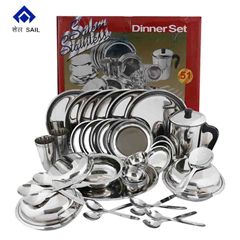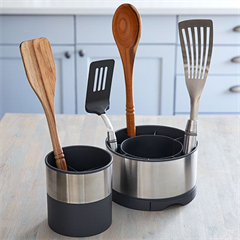The process begins with the selection of the clay itself. Different types of clay offer varying textures, colors, and firing properties, influencing the final outcome of the bowl. The potter’s skill comes into play as they shape the clay on the wheel or by hand, carefully considering proportions, curves, and depth. The interplay between symmetry and asymmetry, and the balance between simplicity and complexity, guides the potter’s hands.
But elegance in ceramic bowls extends beyond form. Surface design adds another layer of artistry. Techniques like carving, stamping, slip-trailing, and glaze application contribute to the visual and tactile appeal of the piece. Delicate patterns, bold textures, or minimalist embellishments – each choice reflects the potter’s artistic sensibilities.
The firing process, a crucial step, further transforms the raw clay into a refined masterpiece. The temperature and atmosphere in the kiln influence the colors and finishes of the glazes. The unpredictability of glaze reactions adds an element of surprise, making each bowl truly one-of-a-kind.
The concept of elegance is not solely about visual beauty. It embraces functionality as well. A ceramic bowl must serve its purpose – whether that’s holding a warm meal, cradling fresh fruits, or purely adorning a space. The curvature of the bowl’s rim can affect the ease of pouring, the depth can influence serving capacity, and the weight can impact usability.
Exploring the elegance in clay requires an understanding of the historical and cultural contexts surrounding ceramics. From ancient civilizations to contemporary artists, the tradition of crafting ceramic vessels spans time and geography. Each culture has left its mark, contributing to a diverse and rich tapestry of styles and techniques.
In the end, “Elegance in Clay: Exploring Ceramic Bowls” invites us to appreciate the fusion of form, function, and artistry. The tactile pleasure of holding a handmade bowl, the visual delight in its intricate details, and the connection to the potter’s creativity – all these elements come together to create an object that transcends mere utility and becomes a symbol of artistic expression and human connection.







